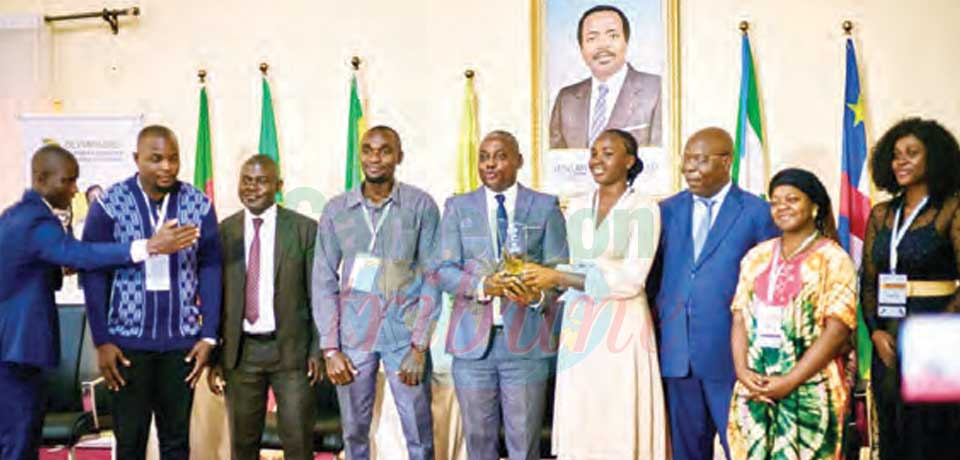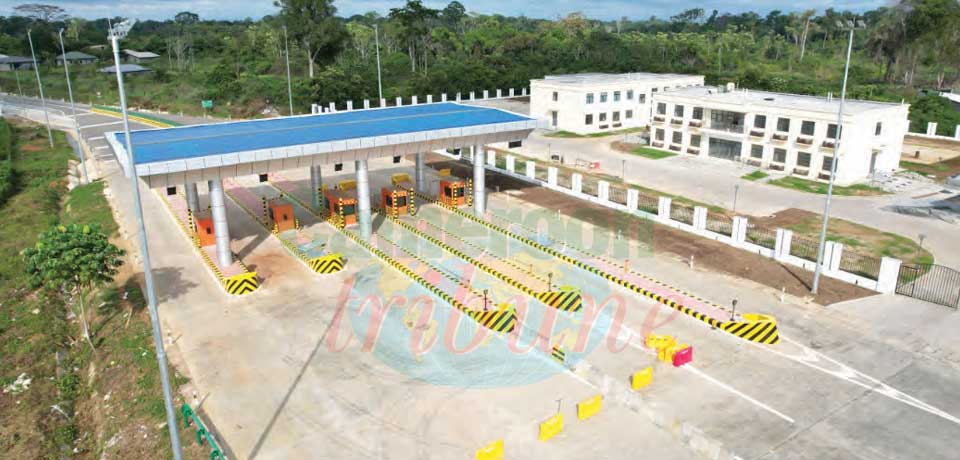New Methods For Larger Reproductive Fish
- Par DIDDI Aissatou
- 24 Nov 2016 11:04
- 0 Likes
The technology introduced some five years ago is gaining ground.
Aqua cultural experts are unanimous that of all 10 Regions, the South West alone weighs over 50 percent on the scale of the Cameroon fish-story. One preponderant fact that accounts for the claim is its generous thrust to the Atlantic Ocean, with the largest marine coast of 420 Kilometres. Apart from Fako and Ndian Administrative Divisions embracing the sea in the South West, the rest of its hinterland is naturally blessed with rivers and streams overrunning the other four Divisions of Lebialem, Manyu, Kupe-Muanenguba and Meme.
According to Dr. Andu Walters Ndi, South West Regional Delegate of Livestock, Fisheries and Animal Industries, MINEPIA, while Ndian Division, harbouring the legendary Bakassi zone, champions in open sea fishing followed by Fako, fish farming is common to all other Divisions accounting for the 451,659 tons of fish produced in 2015.
The major species raised and caught remain the clarias and the tilapia. The fingerlings of these cherished species of fish are raised using modern methods of concrete ponds and palette feed. The modern ponds, introduced some five years ago, allow for economic use of recycled water as against the earth ponds formerly practiced in open space. The fish palette-feed made from ordinary sources of protein and other nutrients like maize and soybeans makes it possible to grow more sizeable and more productive fish for the market. It is not artificial.
The major difficulties remain at the industrial level where, trawlers are frequently in tussle with officials of MINEPIA as most fishing companies at sea often engage in “scotch-earth” fishing either damaging the ecosystem or picking even the fingerlings that ought to reproduce.
As a good-hope perspective, the example of modern fish farming currently demonstrated by Dr. Oumarou in Limbe is worth emulating. He g...
Cet article complet est réservé aux abonnés
Déjà abonné ? Identifiez-vous >
Accédez en illimité à Cameroon Tribune Digital à partir de 26250 FCFA
Je M'abonne1 minute suffit pour vous abonner à Cameroon Tribune Digital !
- Votre numéro spécial cameroon-tribune en version numérique
- Des encarts
- Des appels d'offres exclusives
- D'avant-première (accès 24h avant la publication)
- Des éditions consultables sur tous supports (smartphone, tablettes, PC)














Commentaires